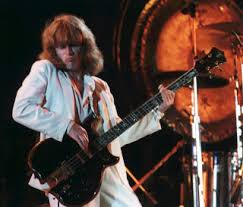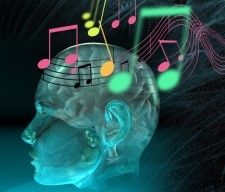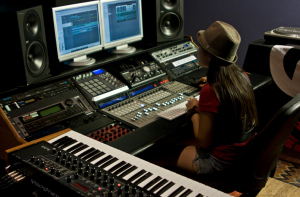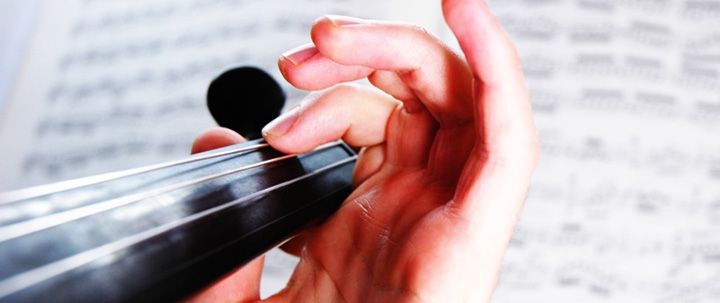There are several dimensions to becoming a bonafide musician. It’s not just talent that gets you there but practice and dedication, to say the least.
One can slot these into a number of categories. Here are 6 elements of musicianship that are considered essential:
1: Your Gear
Getting your gear right involves 3 aspects: personalization, care and the selection process itself. First, you have to find the perfect instrument for the music that you play. This could mean buying more than one instrument. The next step involves setting it up while also performing routine maintenance. Ensure that you customize it to your needs.
This involves the practice of reading sheet music and relating it to the instrument you intend to master.
3: Ensemble
This pertains to the ability to play with other musicians. Of course, it depends on the genre. Given which, it could means playing with other musicians in a rhythm section. This could also mean following a conductor or blending in with an instrument section.
4: Performance
It’s vital that you know how to engage an audience and in general, put on a show. This involves creating an amazing stage presence while also developing a way to play an instrument with style. This also includes techniques to be a successful recording musician too. It isn’t bad to get yourself a mentor or even take online music courses as well as books.
5: Repertoire
This skill involves developing a catalog of music that you can perform regularly.
6: Music Theory & Interpretation
This element will help you to understand music and how it is constructed as a whole concept. In turn, this will help you build a compelling performance.







